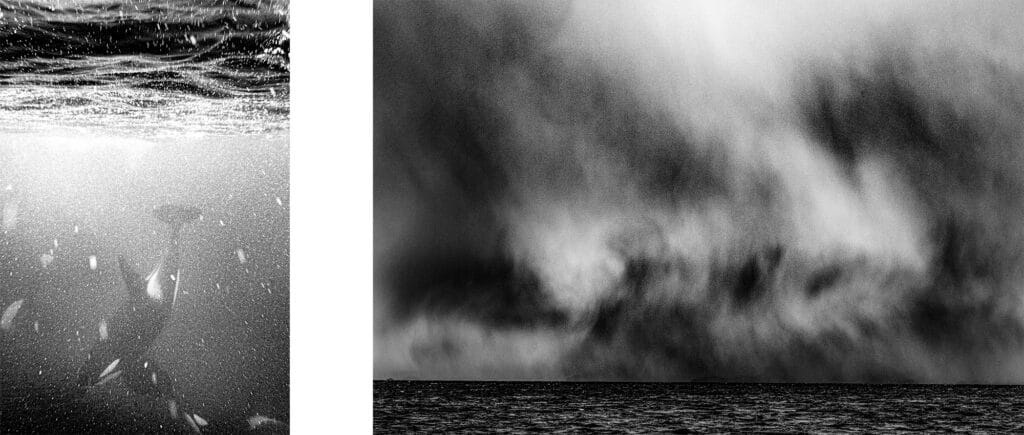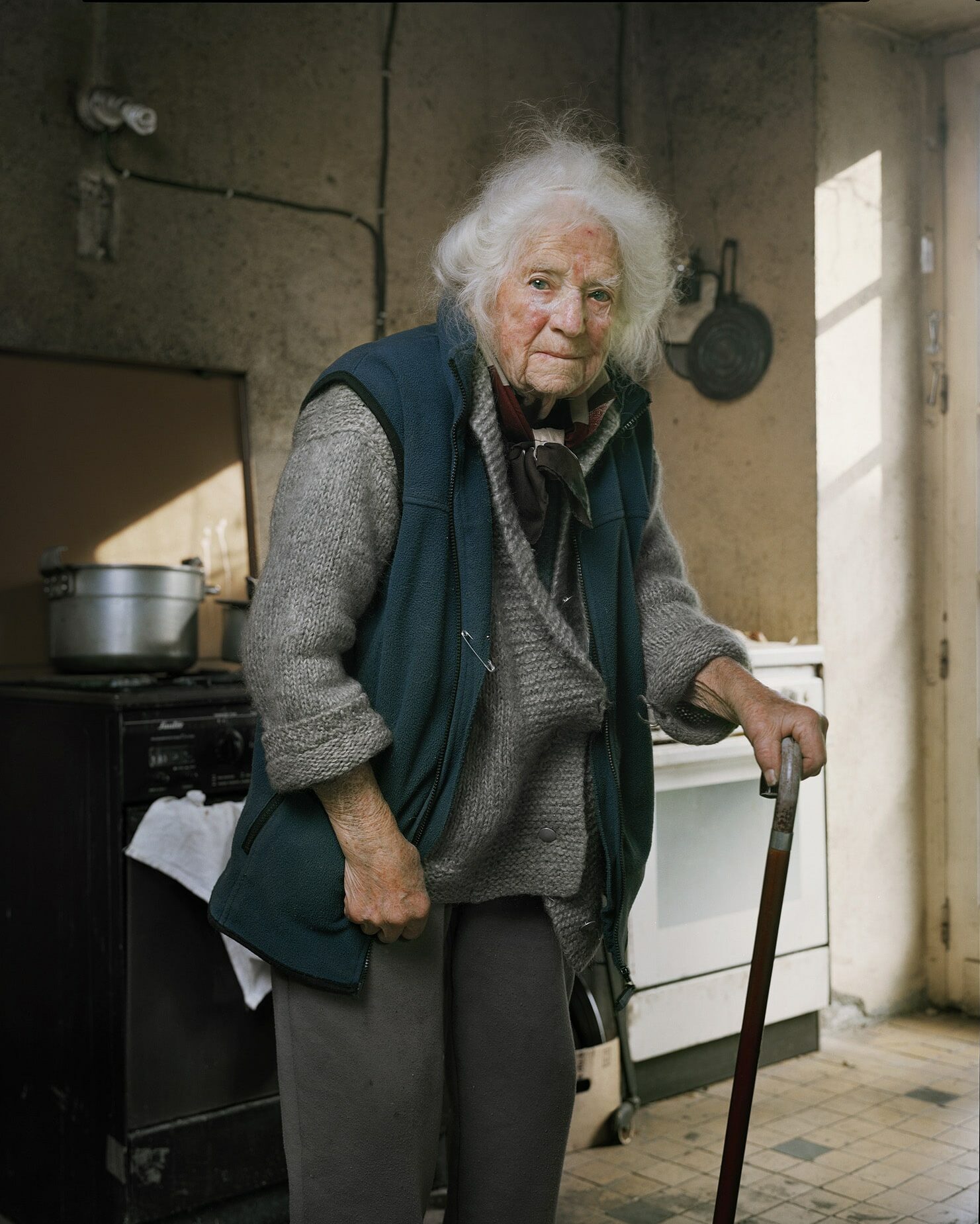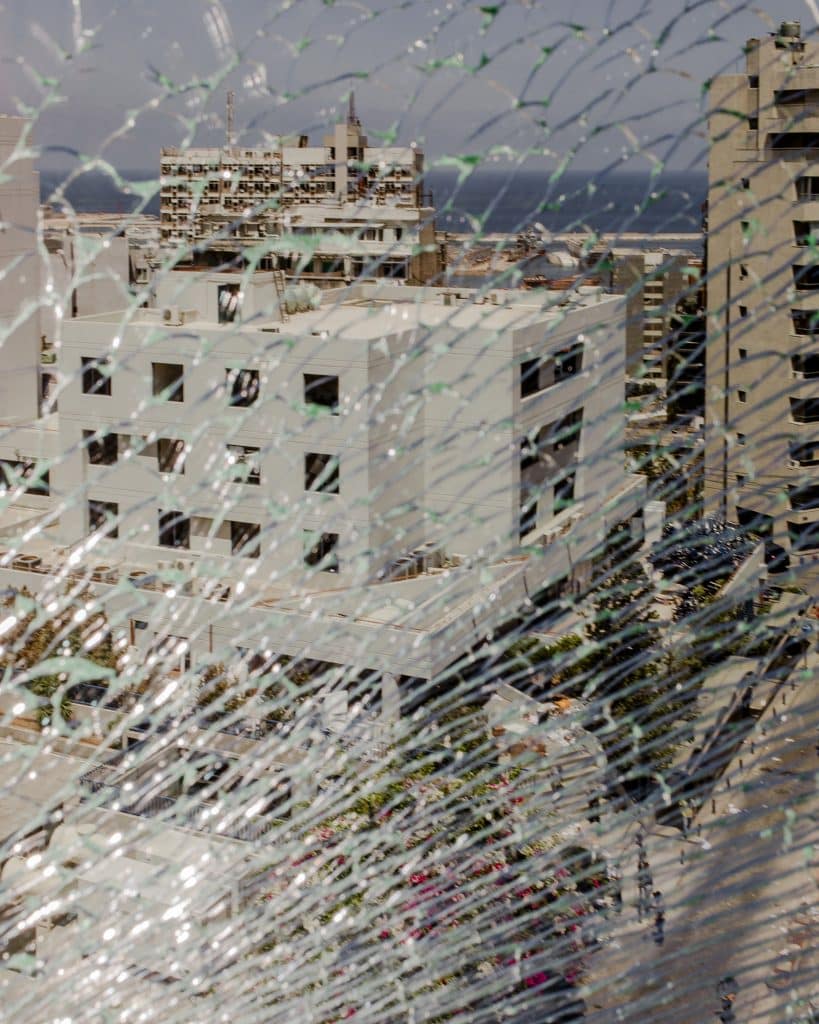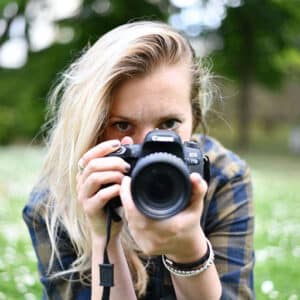“They can cut all the flowers, but they won’t stop the spring.” With a limited budget, but with a strong volunteer commitment, one of Sète’s—and, more broadly, documentary photography’s—flagship events sets sail again. Following the shutdown of the cultural world over the last two years, the festival ImageSingulières has unveiled its program during the Feast of Ascension weekend. Since 2009, thousands of enthusiasts from all over France, and beyond, have embarked on an immersive journey into iconic and emerging documentary photography. A rich and eclectic program brings together artists with diverse backgrounds and career paths, featuring, in 2022, Beirut in ruins by Myriam Boulos, winner of the Grand Prix ISEM 2021 in documentary photography; portraits of women farmers by Alexis Vettoretti; Sebastien Van Malleghem’s and Gabrielle Duplantier’s dreamlike black-and-white images; Kent Klich’s and Camille Gharbi’s shocking, poignant testimonies, respectively, of Russian psychiatric-care system and domestic violence against women. “The selection is not made by any rational calculation. We rely on visual culture education and avoid inviting photographers who might be difficult to relate to. This is part and parcel of the project, because photography is, above all, a way to meet others,” emphasized Gilles Favier, renowned photographer and artistic director and co-founder (with Valérie Laquittant) of this free-for-all photographic festival on a human scale.
Outside the box
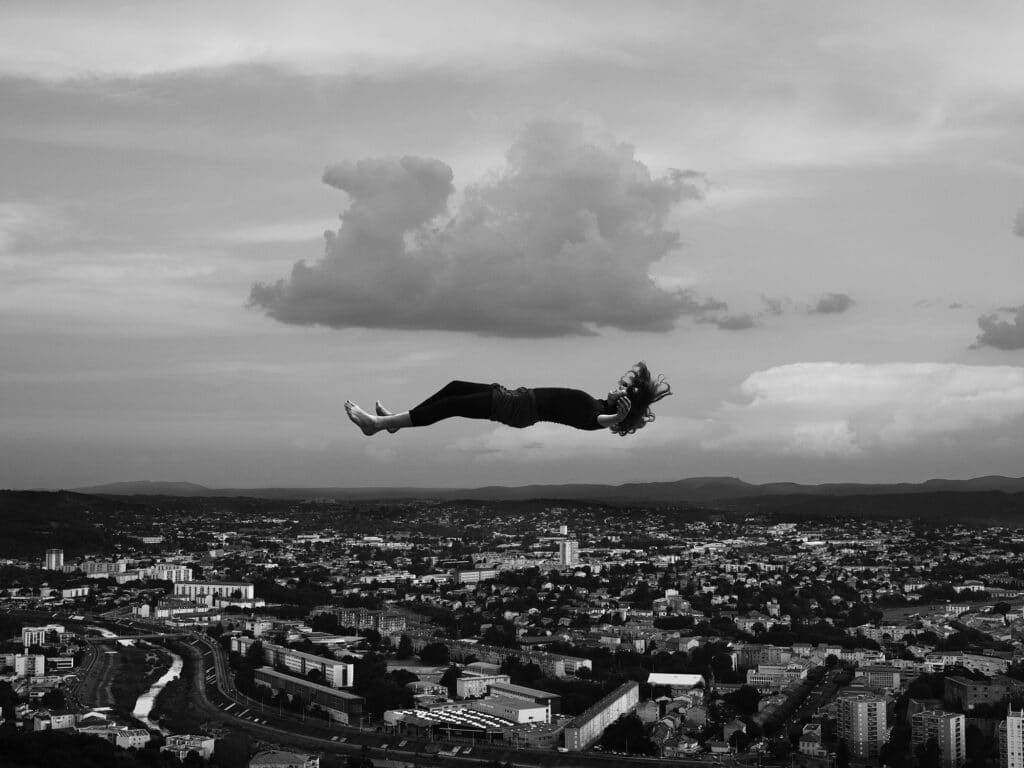
Thinking outside the box is ImageSingulières’ forte: it promotes documentary photography, making it accessible to all, outside any institutional framework. “I was raised on Cartier-Bresson’s images, where you were not allowed to crop the image in any way. We couldn’t care less about the form here, it’s the content that counts,” adds Laquittant. (The man had been part of the VU’ Agency’s adventure for thirty years, alongside its founder Christian Caujolle, who had joined the ImageSingulières team right at the beginning.) The relaxed atmosphere that reigns at the festival in Sète is ample proof of the committed no-nonsense spirit exemplified by the men and women who make it happen. From May 26 to 29, visits, screenings, concerts, and debates inaugurated the three weeks of exhibitions offered in the town known as the Venice of Languedoc. A glass of wine offered at each vernissage (also free of charge), invites to a friendly chat and a stroll through graffiti-covered streets.
Between the sea breeze and the ubiquitous fragrance of coffee, with one’s toes sinking in the sand or warmed on the pavement of the cozy squares on Ile Singulière, exhibiting photographers and visitors to the ImageSingulières festival wander around, cross paths, and discuss at their leisure. The backdrop: the chapel of the Quartier-Haut, the former cinema hall The Rio, the Chai des Moulin, the Théâtre de la Mer, the Centre photographique documentaire, and the Jardin Antique Méditerranéen de Balaruc-les-Bains. These encounters are appreciated first and foremost by the locals who launch their festival season every year with ImageSingulières. “It feels good to reclaim all these sites that make up the soul of Sète, it allows us to rediscover our city and bring it to life,” says Auria, a resident. “I come every year. We have the opportunity to meet the photographers who bring us depth, contextualization, explain the origins of their projects and the whole process of getting into their subject,” adds Joe, another Sète native.
Telling the story
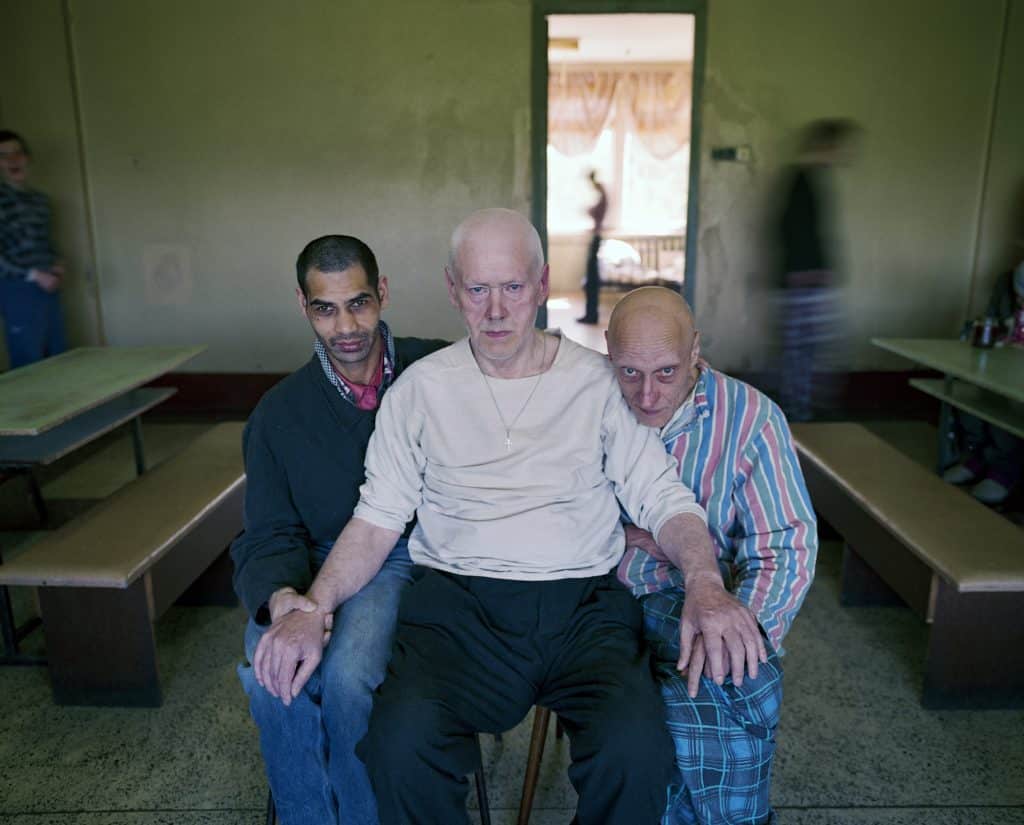
Scattered across various sites that symbolize the town’s cultural identity, the selected series—poetic and powerful—often paint a portrait of a terrible society on the move. What do these series have in common? A labor of photography that is time-consuming, engaged, and meaningful. “If you want to learn from people, to speak the same language, it takes time,” observes Kent Klich. At the chapel of the Quartier-Haut, Klich is exhibiting his long-term project (mere twenty years of labor), focusing on the brutal living conditions in Russian psycho-neurological facilities. The Swedish artist came explicitly from Denmark to talk about these places of confinement for people with intellectual deficiencies, mental retardation, or signs of dementia, but also for handicapped children, held, without exception, until they reach majority. Klich’s photographs show the stigma of aggressive therapies and deliberate dehumanization.
Blending into the background
Like Klich, Patrick Wack spent considerable time on his project, creating the portrait of the Uyghur autonomous region of Xinjiang, which is victim to a cultural genocide and a boom in Chinese tourism. A member of the Inland collective, Wack spent four years, from 2016, covering a subject that brings together the geopolitics and history of a region that is like nothing else in China. “I chose this area scarred by Beijing’s new Silk Roads and the repression of the Uyghurs.” Drawing a visual parallel with the conquest of the American West, Wack completes it with a narrative of expansionism and forced Sinicization. This ruthless transformation is reflected in “images, first full of color and movement, showing veiled women in traditional dress,” followed by landscapes where all Middle Eastern and Muslim symbols have vanished, leaving room for invasive, nauseating tourism. Wack’s depictions of this culture on the verge of extinction blend in perfectly with the crumbling façade of the Rio theater, Sète’s former cinema.
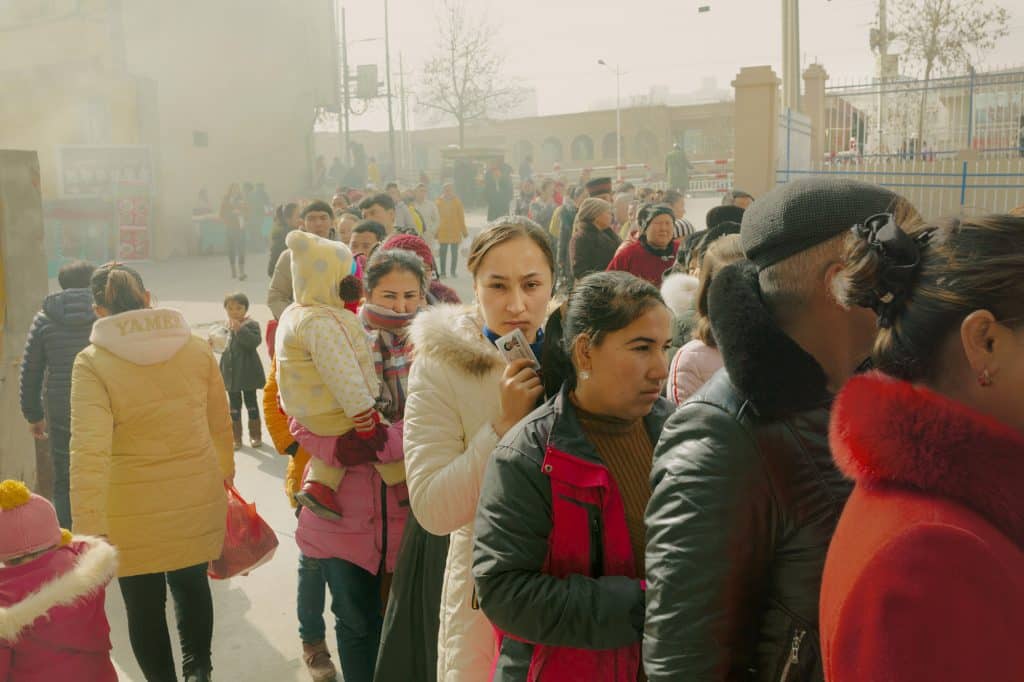
“Inspiring further reflection”
If time is an essential ingredient, a certain sensitivity and a close, even personal, connection to the subject at hand are another. This is true, for example, of Camille Gharbi, who drew on her own experience in her photographic investigation into feminicide and domestic abuse. Without any equivocation, she points to the silence and inaction surrounding this epidemic of violence. Her three series, developed since 2018, bring together victims, perpetrators, and everyday objects turned fatal—“proofs of love” immobilized against a white background. A poetry of nightmare. “The idea was to produce images with as little affectation as possible, without any pathos; to create, in a gentle, neutral way, an effect of contrast with the subject and to inspire further reflection,” explains the photographer.
Laurent Elie Badessi’s work, exhibited at the Photographic Documentary Center alongside resident artist Gabrielle Duplantier and Raphael Neal, portrays children, posing with guns, often smiling, their finger sometimes already placed on the trigger. The tragedy is not difficult to imagine.
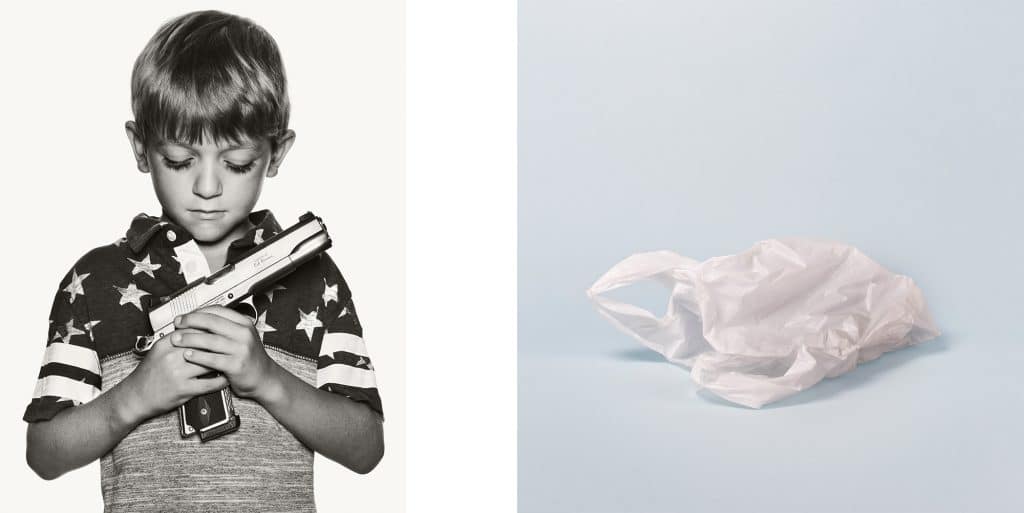
Individually or collectively, the showcased photographers illustrate, each in their own way, the issues facing the world today, offering us an essential plural insight. Like, for example, the Fragiles project at the Chai des Moulins, the result of three years’ work by the Tendance Floue Collective, depicting the vulnerabilities, precariousness, and uncertainties of a world on edge.
“ImagesSingulières”, 17 rue Lacan 34200, Sète.
